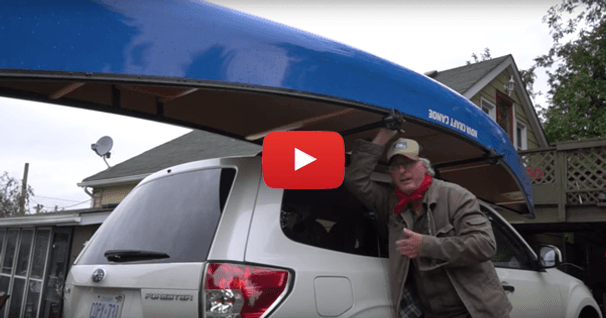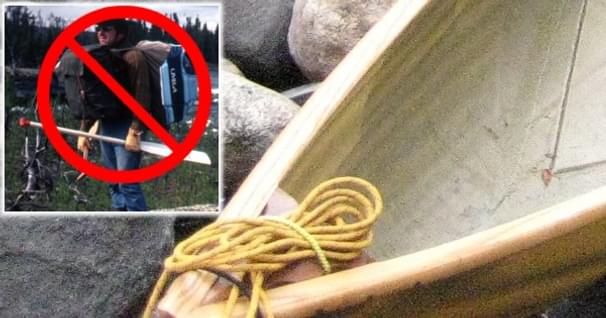Packing for an Overnight Trip
There's no way around it; multi-night paddling trips are one of life's great pleasures. Escaping into the backcountry under your own power, spending nights away from the hum of human civilization, and taking in the hidden natural world first-hand; that's good stuff. And, thanks to the storage capacity of your average touring kayak, you can usually head often out into the wilds with enough gear and supplies on board to keep the fun going for days on end.
But, like most things, it's really not that simple. Sure, we paddlers get plenty of room to bring along the necessities of life, but there's more involved in packing for an overnight trip than just filling raw space. Once you get past the decisions over what to bring, you've got to consider all sorts of different factors; from weight distribution to waterproof storage. Keep the following list of packing hints in mind before your next paddling trip. With any luck, they will help make life in the cockpit a little easier and your overall experience that much more enjoyable.
Weight: Your kayak was primarily designed to carry one thing: you. Anything you bring along gear-wise should be counted out of the boat's maximum capacity on top of your own weight. Just wanted to get that one out of the way.
Protect the boat: The most important thing to remember when packing is not to carry the kayak once it's loaded down with gear; you'll fold it in half faster than you can say "polyethylene." There is no easier way to break a boat, and no quicker way to end a trip. Always bring the kayak down to the launching site empty before attempting to load it up. And that goes for stops during the trip, too. Keep all that loading and unloading in mind when deciding how much gear you really need to bring with you.
Pack to the space: Before you do anything else, plan out what you want to bring based on what will fit in your boat; essentials first (food, water, shelter, etc…), followed by luxury items. Make a list if it helps, and whittle down unnecessary gear as you go. Always look for items that can serve double duty, too (like a sleeping pad that can convert into a camp chair); efficiency is the key to smart packing. And pack everything in tight so it won't shift around while you're padding.
Keep it small: When packing at home, use lots of small containers to stow your gear rather than stuffing it all into a few big bags. Small packages will keep things organized and help you use up every square inch of available space inside the boat. Plus, by keeping everything sectioned off into small pieces, you'll only have to unload what you need for the night when you stop.
Waterproof: Once you know what you need to bring and how you want to pack it, you need to decide what can handle a little water and what needs to be protected in a dry bag or waterproof container. Don't ever assume that your boat or your storage hatches will be watertight. And don't think that this will change the requirement for packing small; dry bags come in a whole range of sizes to fit any application.
Weight distribution: It's no accident that the cockpit is located (usually) right smack dab in the middle of the kayak. That's where the buoyancy is strongest, so that's where the boat can support the most weight. The heaviest loads (your food, fuel, and water) should stay down low and as close to the center of the boat as possible. Lighter loads (sleeping bag, clothes, pads, etc…) can take up space on top and in the bow and stern. And remember, these distributions will change over the course of the trip as you go through food and water, so always be ready to reorganize your space.
Embrace technology: Compression dry bags are a great, great thing; don't overlook their convenience when it comes to saving space. Toss your sleeping bag and some clothes in one, compress it down, and you're all set: your soft gear will fit in about half the space as it would otherwise and you won't be sacrificing a bit of water protection. The same goes for collapsible water bottles and any other containers that can be folded away when their contents are gone. No sense wasting space on the packaging.
Tim Sprinkle writes and paddles around his home in central Virginia. His work has appeared in Seakayaker, Paddler, and a number of other publications.
Related Articles
Loading a canoe by yourself can be awkward and difficult but with some practice and a few of these…
Drying is probably the most ancient way to preserve food for a very long period of time. You have…
I guided a high-end trip once in northern Quebec. The lead guide focused on good food to keep the…
In the mid-seventies, I shared an afternoon with the famous woodsman, Calvin Rutstrum, whose flagship…



